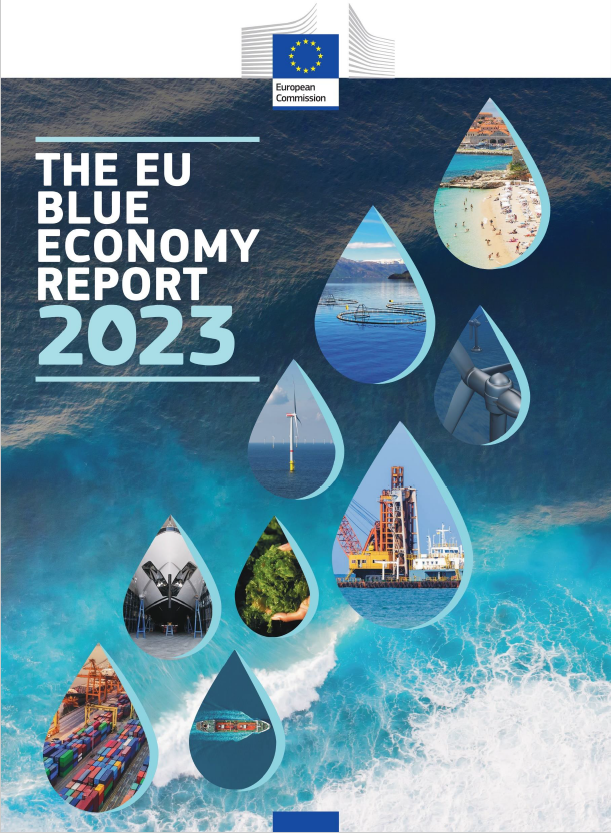The European Blue Economy report is a compass to help decision-makers and stakeholders navigate the waters of the European blue economy.
The 2023 edition of the report highlights the evolution of the blue economy sectors since 2010. It shows that despite the negative impact of the COVID19 pandemic and the unprovoked Russian invasion of Ukraine, most of the analysed sectors increased their economic performances.
For example, from 2010 until 2020, there has been a significant increase in the Gross Value Added, the main economic performance indicator, for the sectors in:
- living resources: + 25%;
- port activities: + 25%;
- offshore wind energy: + 1762%;
- ship building and repair: + 22%.
And not just that – the blue economy is offering new job opportunities. The number of employees in the analysed sectors has been increasing, with a peak registered in the offshore wind energy sector, whose employment rate increased by 20 times in just 10 years.
A sneak peek at the report
Overall, the established sectors of the EU blue economy (marine living resources, non-living marine resources, marine renewable energy, port activities, shipbuilding and repair, maritime transport, and coastal tourism) generated a gross value added (GVA) of €129 billion in 2020, for €43.6 billion of profit and a total turnover at €523 billion.
Among the emerging sectors, the algae sector is one of the most dynamic sub-sectors in blue biotechnology. Available socio-economic estimates show that algae production in Europe generated an annual turnover well above €10 million in France, Spain and Portugal, the Member States with the largest number of production facilities.
Together with the findings on established and emerging sectors, the 2023 version includes a chapter on the Energy Transition in the Blue Economy. This section follows the Commission Communication on the Energy Transition of EU fisheries and aquaculture sector. It starts a series of analyses on this topic that will support the Energy Transition Partnership on EU Fisheries and Aquaculture. The Partnership will be officially launched on 16 June, and registration is now open.
The section dedicated to Climate Change and Coastal Impact is a new addition to this year's edition. Climate change could profoundly impact coastal zones due to sea level rise, changes in frequency and intensity of storms, coastal floods and erosion. The Commission's Joint Research Centre has developed the integrated risk assessment tool LISCoAsT (Large scale Integrated Sea-level and Coastal Assessment Tool) to assess its impact on the EU coasts. This tool evaluates the dynamics of coastal flood impacts, adaptation and ecosystem services along the EU27 coastline. This section of the report is dedicated to the latest findings.
A new and fresher look to offer better information
Finally, the EU Blue Economy Report returns in 2023 with a fresher look. Starting from this edition, the report will be published in a more concise format. Furthermore, it will be connected to and incorporated into the wider EU Blue Economy Observatory, which offers more frequent and dynamic updates to the blue economy data.
Learn more here


